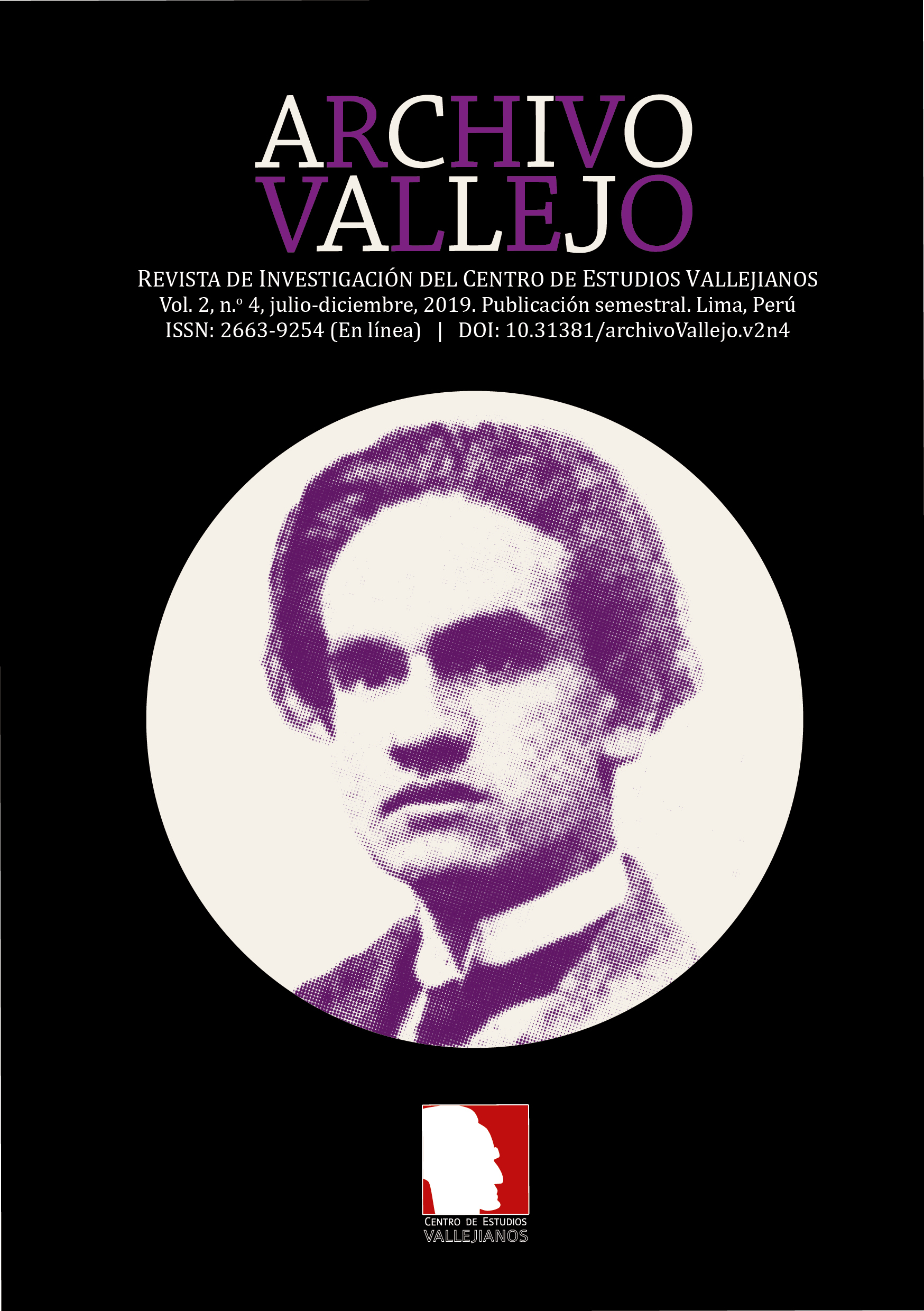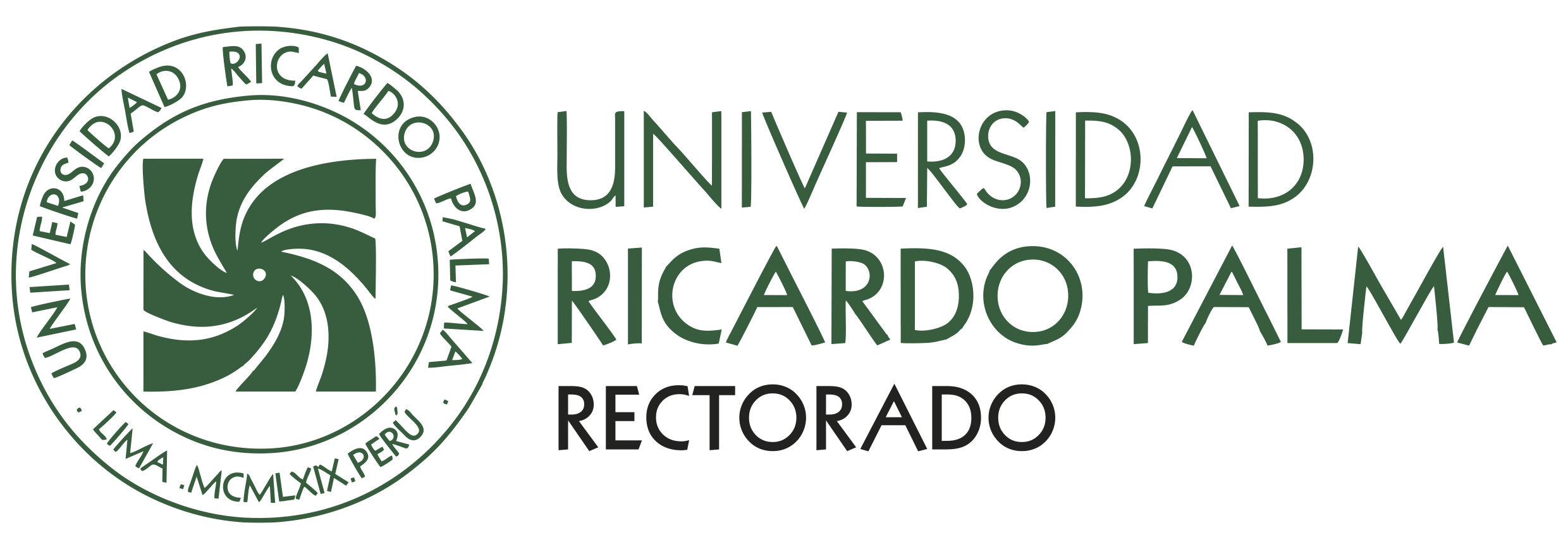The Black Heralds: «ferment(s) of Sun»
DOI:
https://doi.org/10.31381/archivoVallejo.v2n4.5194Keywords:
poetry, César Vallejo, The Black Heralds, Inkarrí, fragment/fermentAbstract
In «Imperial Nostalgia»: «[I am] a ferment of Sun / yeast of the shadow and the heart!» («Huaco»), of The Black Heralds (TBH), the word «ferment» —linked to the «Sun» acting in the «shadow and heart»— is similar, though not equivalent, to fragment. In this sense, and as we studied in Trilce: húmeros para bailar (2014), the poems of 1922 would not be «fragmented» or made up of «fragments» (European historical avant-garde); but, rather, fermented or «fermenting» (Inkarrí). The «heralds», as «Lung ferments [of Sun]», would constitute a community (Garden of Epicurus) or a susceptible Andean archipelago —although already opaque or mestizo (mixed)— to spread universally. A specific and concentrated reflection —«brain scene»— of the same (nature and function of the «fragments») would constitute Trilce; it is for this reason that this book of poems is more «abstract» or «theoretical» than LHN. For its part, Spain, Take this Cup From Me would constitute a signal and explicit recognition —already universal and multitemporal, in «[Children] if I delay»— of that same Andean archipelago, symmetrical and, perhaps, this time somewhat more evangelical or less «pagan» (Amerindian or Epicuric thought) than Trilce. Therefore, we postulate that «the heralds» are «blacks», in the manner of that buried and active «ferment [s] of Sun» of the poem «Huaco»; «children»: naughty, dirty, muddy. And, in addition, «yeast» as «children» as a meaning of promise, debut or future of an always perfect world. Children who will survive abortion (Trilce) or bullets (Spain, Take this Cup From Me) in a multicultural, multinational, multi-temporal and multidimensional ayllu where life encourages such a continuum.
Downloads
Published
How to Cite
Issue
Section
License
Copyright (c) 2019 Pedro José Granados

This work is licensed under a Creative Commons Attribution 4.0 International License.
Los contenidos publicados en la revista están bajo una licencia CC-BY 4.0, la cual permite:
- Compartir, copiar y redistribuir el material en cualquier medio o formato.
- Adaptar, remezclar, transformar y construir a partir del material para cualquier propósito, incluso comercialmente.
Bajo los siguientes términos:
- Atribución. Usted debe dar crédito de manera adecuada, brindar un enlace a la licencia, e indicar si se han realizado cambios. Puede hacerlo en cualquier forma razonable, pero no de forma tal que sugiera que usted o su uso tienen el apoyo de la licenciante.















